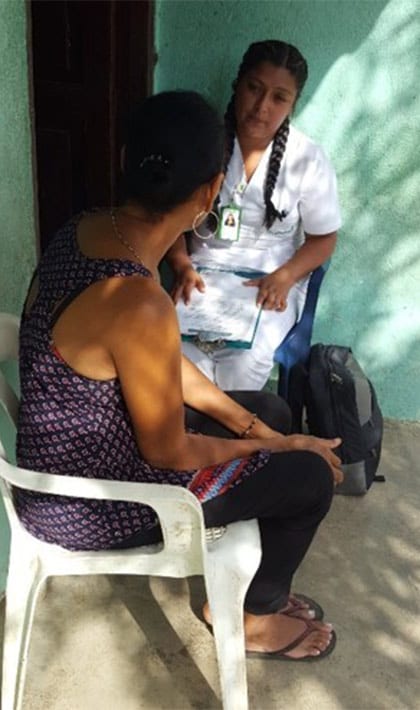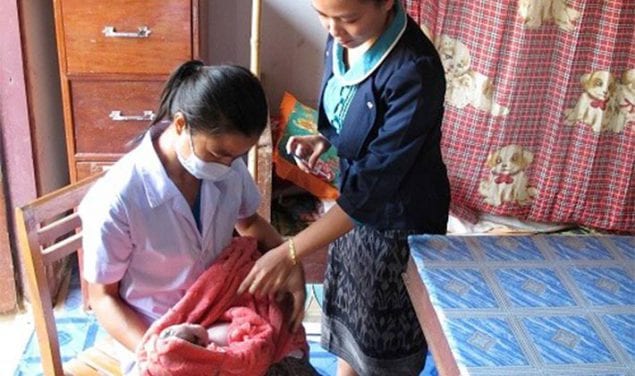What CDC is Doing About Global Hepatitis B
Updated March 28, 2022
- book icon
CDC works with partners and countries around the world to decrease the burden of hepatitis B. CDC’s focus includes:

Support Verification of Achievement of Hepatitis B Control and Elimination Goals
- Contribute to the development of:
- Participate in global and regional verification commissions or expert working groups to review country reports and assess whether countries have achieved hepatitis B control/elimination goals
- Conduct surveys to evaluate how common hepatitis B is among children, to estimate the impact of hepatitis B vaccination, and measure progress toward hepatitis B control/elimination goals
Improving Coverage of Hepatitis B Vaccine Birth Dose
- Implement and evaluate interventions to improve timely hepatitis B vaccine access and demand at birth
- Evaluate best practices for using hepatitis B birth dose vaccine in a controlled temperature chain
- Evaluate and improve hepatitis B birth dose vaccine implementation in children born in health facilities and those born outside of health facilities
Support Introduction of Hepatitis B Birth Dose Vaccination

- Contribute to the global hepatitis B birth dose introduction guidelinesexternal iconexternal icon
- Compile evidence on the burden of hepatitis B infection among pregnant women and estimate the risk of mother-to-child transmission in African countries without a hepatitis B birth dose. These data can help inform decision-makers about the need to implement hepatitis B vaccine for newborns
- Support the assessment of the cost of hepatitis B birth dose vaccine introduction
- Participate in post-introduction assessments of hepatitis B birth dose vaccination to improve program performance and prevent hepatitis B infections
Diagnostics and Innovations
- Evaluate rapid field-testing methods against the standard lab-based testing for hepatitis B
- Evaluate new methods for hepatitis B testing for possible integration with tests for other vaccine-preventable diseases
- Evaluate a hepatitis B microneedle patch vaccine-delivery system
Page last reviewed: March 22, 2022
Content source: Global Immunization